Tyrosine Kinase
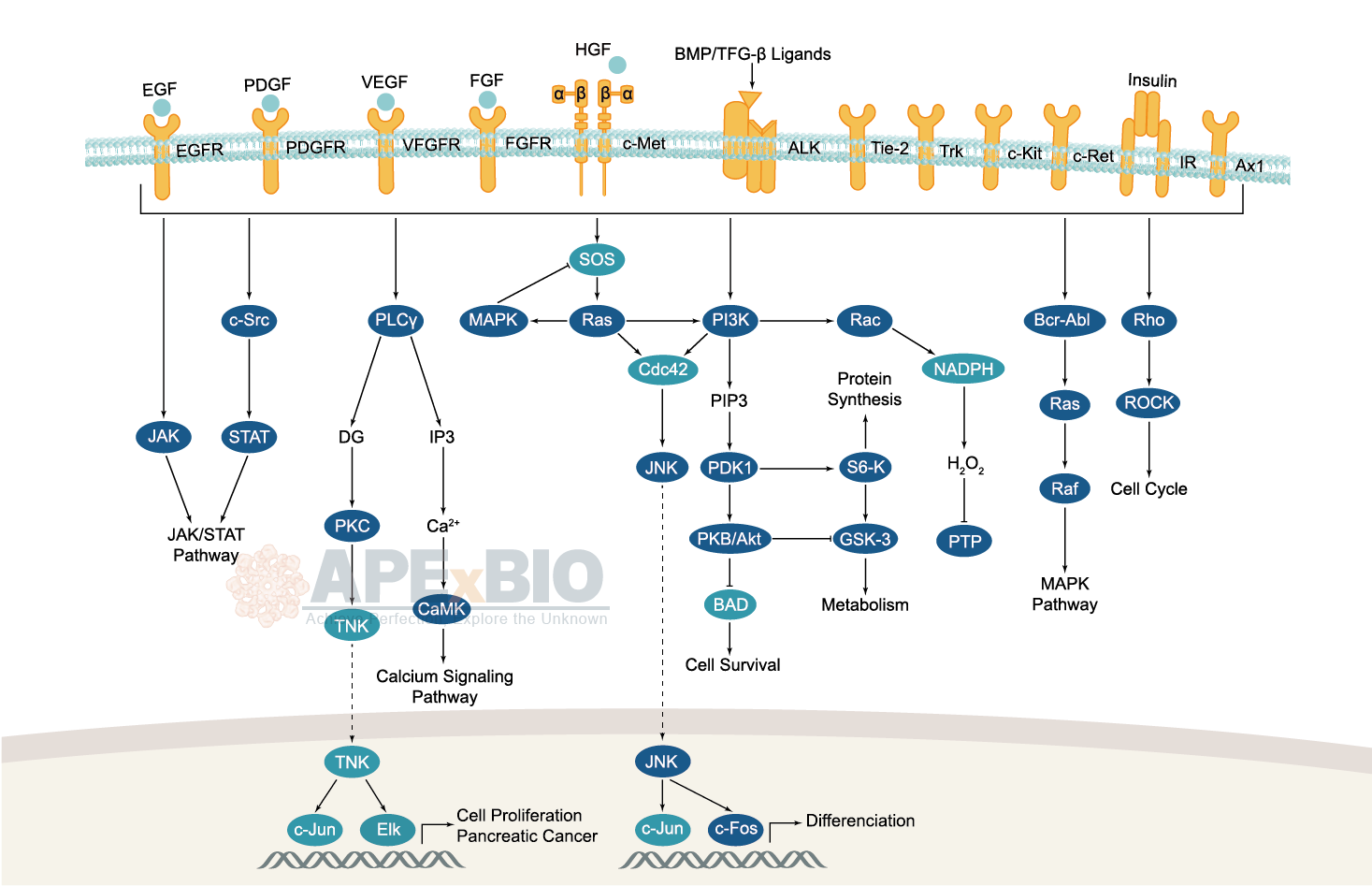
Receptor tyrosine kinases bind to extracellular ligands/growth factors, which promotes receptor dimerization and autophosphorylation of receptor tyrosine residues. This triggers a cascade of downstream events through phosphorylation of intracellular proteins that ultimately transduce the extracellular signal to the nucleus, causing changes in gene expression. Receptor tyrosine kinases include EGFR/ErbB, PDGFR, VEGFR, FGFR and MET subfamilies etc. Dysfunctions in tyrosine phosphorylation are linked to oncogenic transformation. In additions, various adaptor and effector proteins couple to carboxy-terminal of an active kinase. For instance, binding of the GRB2 adaptor protein activates EGFR and MAPK/ERK signaling.
Non-receptor tyrosine kinases involve many well-defined proteins (e.g. the Src family kinases, c-Abl, and Jak kinases) and other kinases which regulates cell growth and differentiation. For example, Src family kinases are curial for activating and inhibitory pathways in the innate immune response.
-
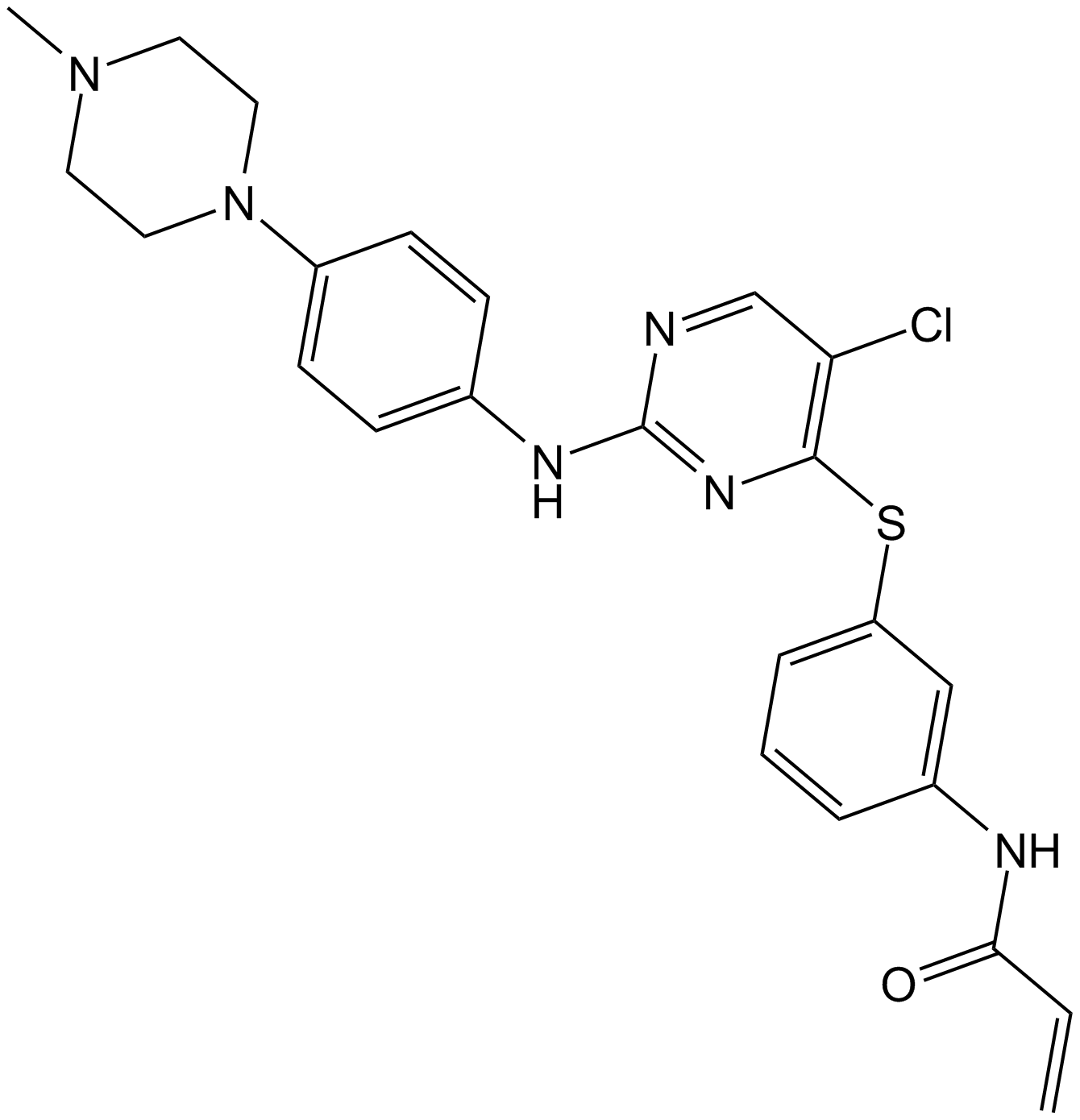 A1393 WZ8040Target: EGFRSummary: EGFR T790M inhibitor,irreversible amd potent
A1393 WZ8040Target: EGFRSummary: EGFR T790M inhibitor,irreversible amd potent -
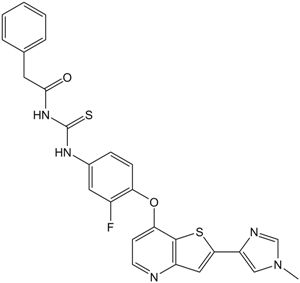 A5057 MGCD-265Target: VEGFR|c-METSummary: Met/Flt/Flk/Ron/Tie-2 inhibitor
A5057 MGCD-265Target: VEGFR|c-METSummary: Met/Flt/Flk/Ron/Tie-2 inhibitor -
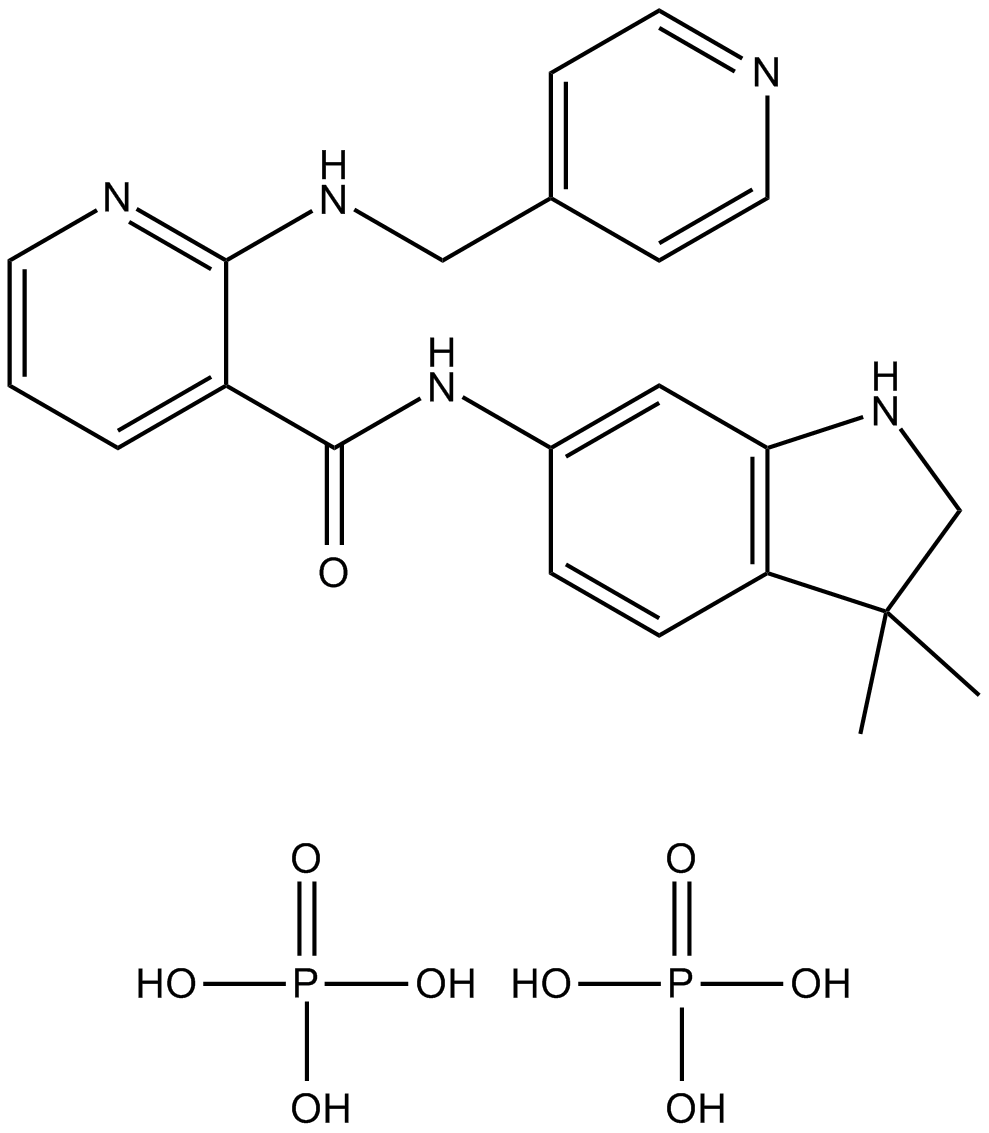 A5017 Motesanib Diphosphate (AMG-706)Summary: VEGFR/ PDGFR/c-Kit/Ret inhibitor
A5017 Motesanib Diphosphate (AMG-706)Summary: VEGFR/ PDGFR/c-Kit/Ret inhibitor -
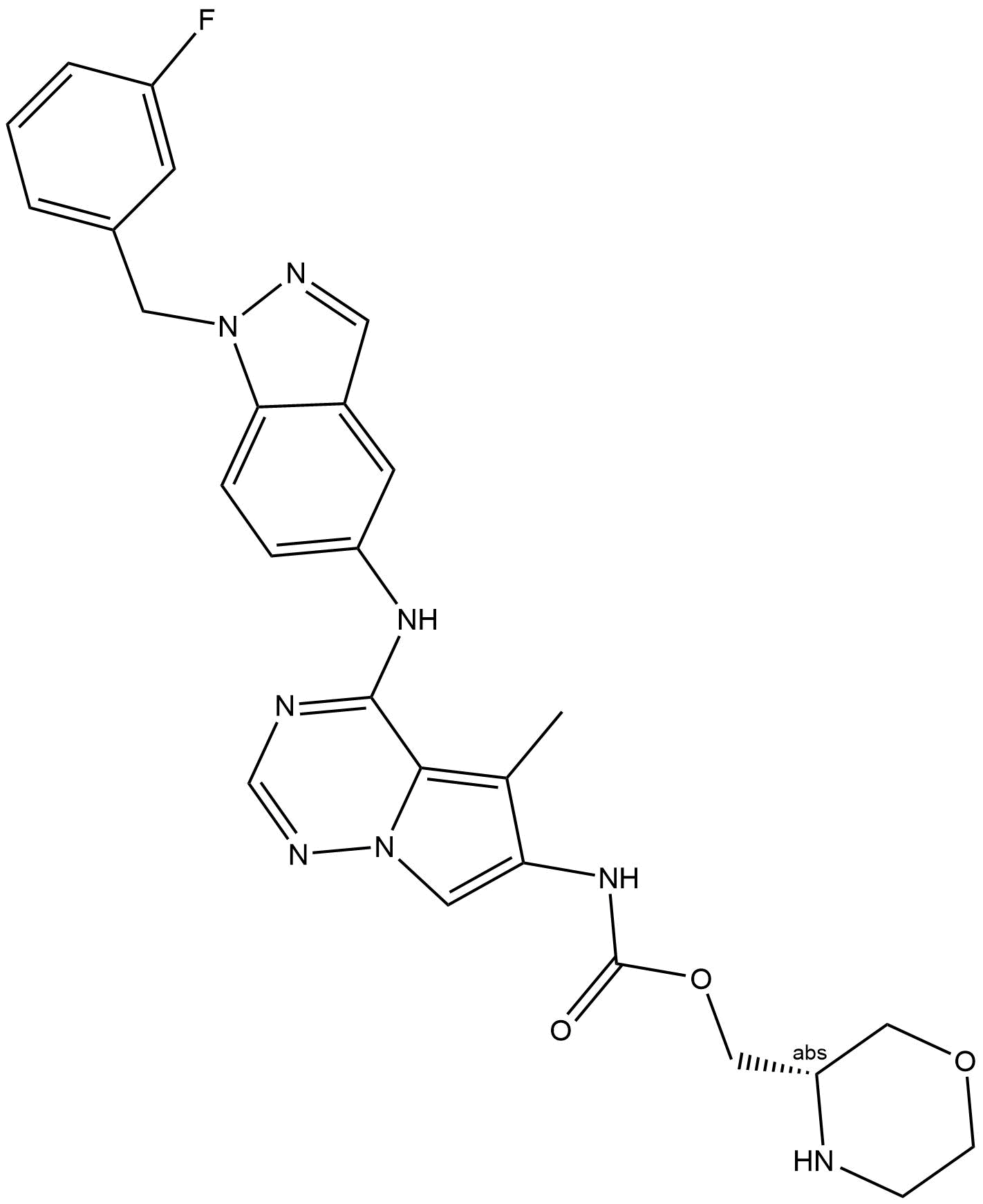 A2822 AC480 (BMS-599626)Target: EGFRSummary: HER1/2 inhibitor,selective and efficacious
A2822 AC480 (BMS-599626)Target: EGFRSummary: HER1/2 inhibitor,selective and efficacious -
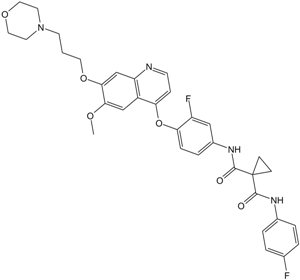 A2974 Foretinib (GSK1363089)1 CitationSummary: VEGF and HGF receptor inhibitor
A2974 Foretinib (GSK1363089)1 CitationSummary: VEGF and HGF receptor inhibitor -
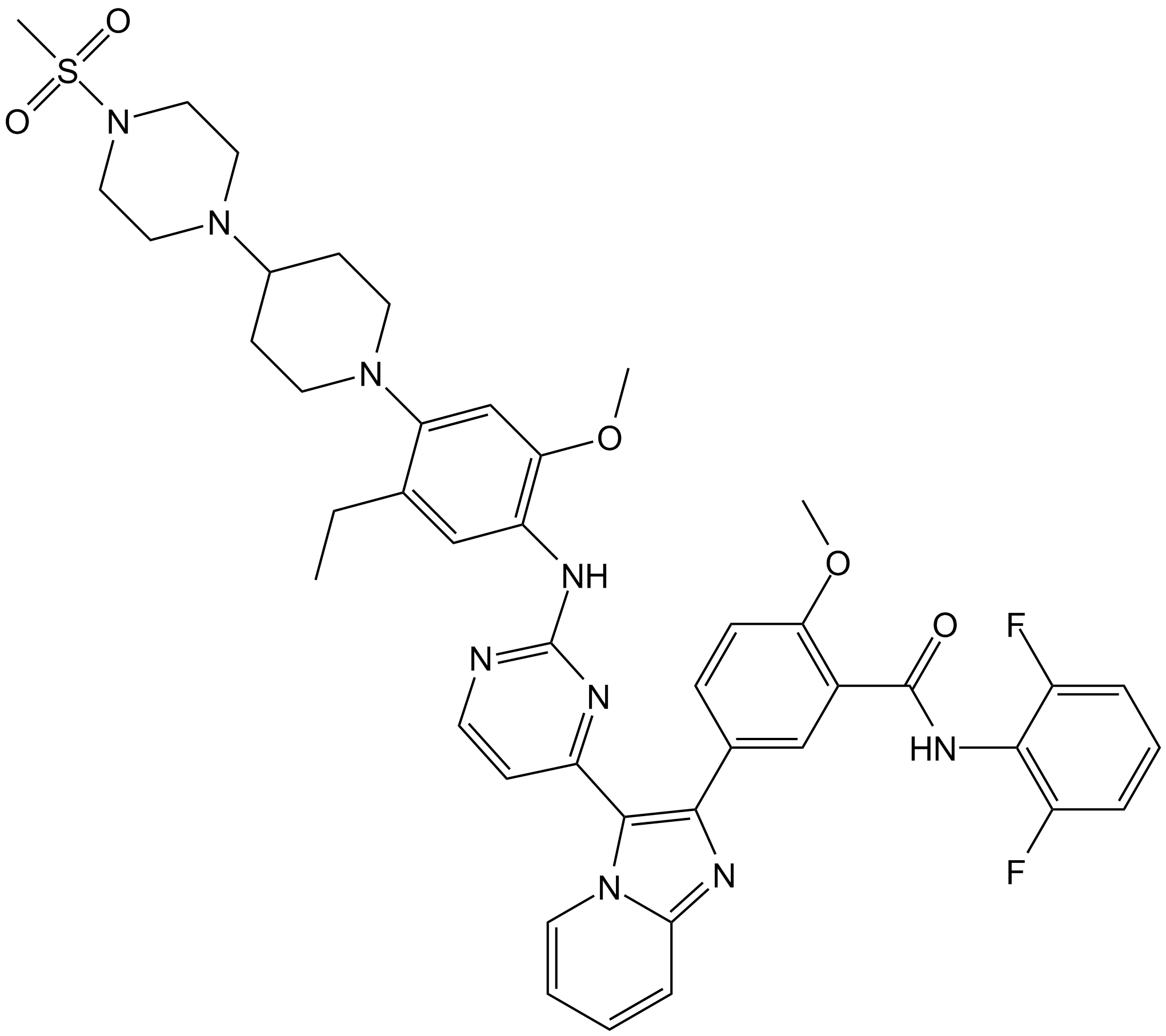 A1302 GSK1904529ATarget: Insulin and Insulin-like ReceptorsSummary: Selective IGF-1R/IR inhibitor
A1302 GSK1904529ATarget: Insulin and Insulin-like ReceptorsSummary: Selective IGF-1R/IR inhibitor -
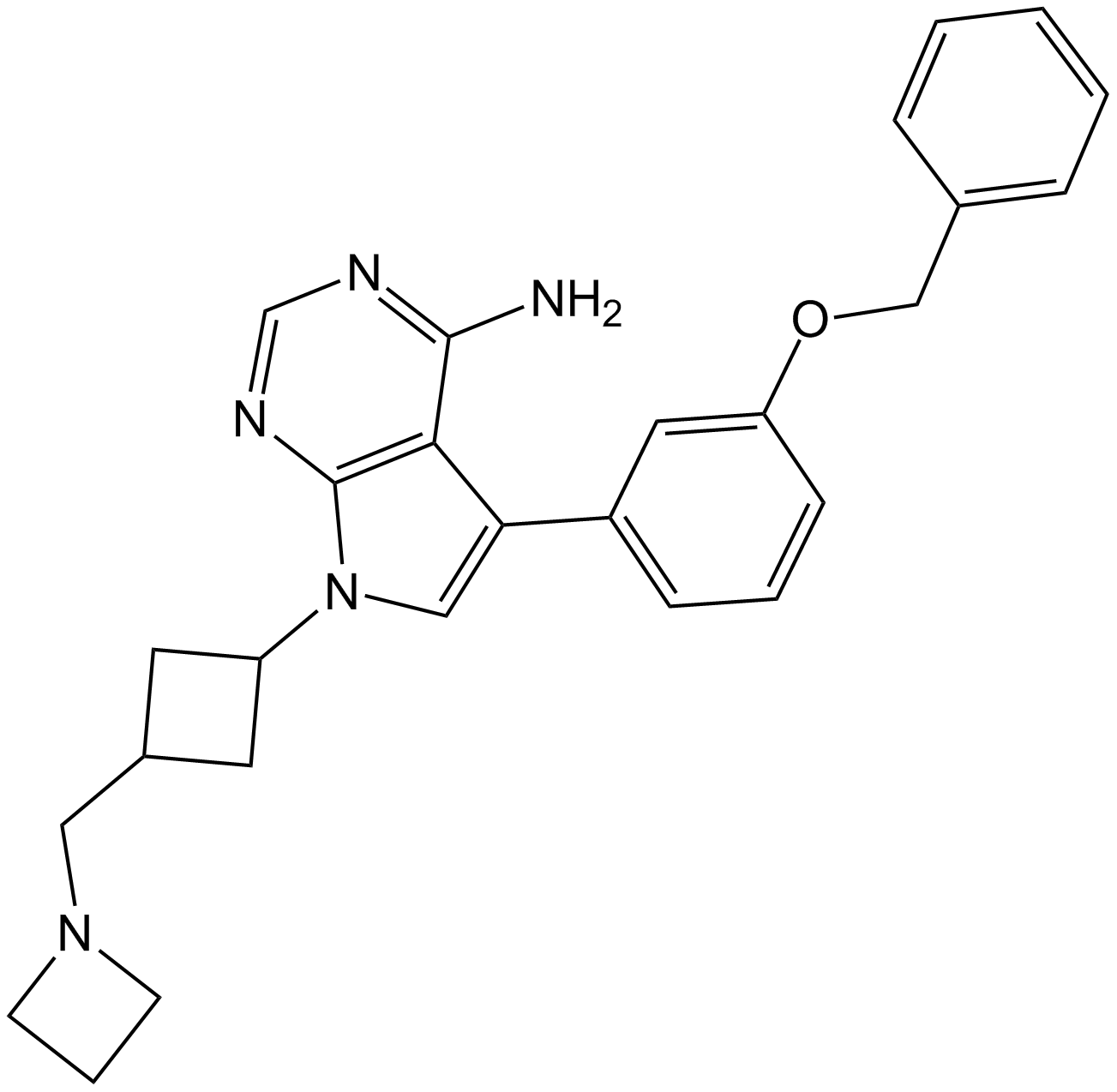 A2278 NVP-AEW541Target: Insulin ReceptorSummary: IGF-IR inhibitor, novel, potent and selective
A2278 NVP-AEW541Target: Insulin ReceptorSummary: IGF-IR inhibitor, novel, potent and selective -
 A2633 Brivanib Alaninate (BMS-582664)Summary: VEGFR2 inhibitor,ATP-competitive
A2633 Brivanib Alaninate (BMS-582664)Summary: VEGFR2 inhibitor,ATP-competitive -
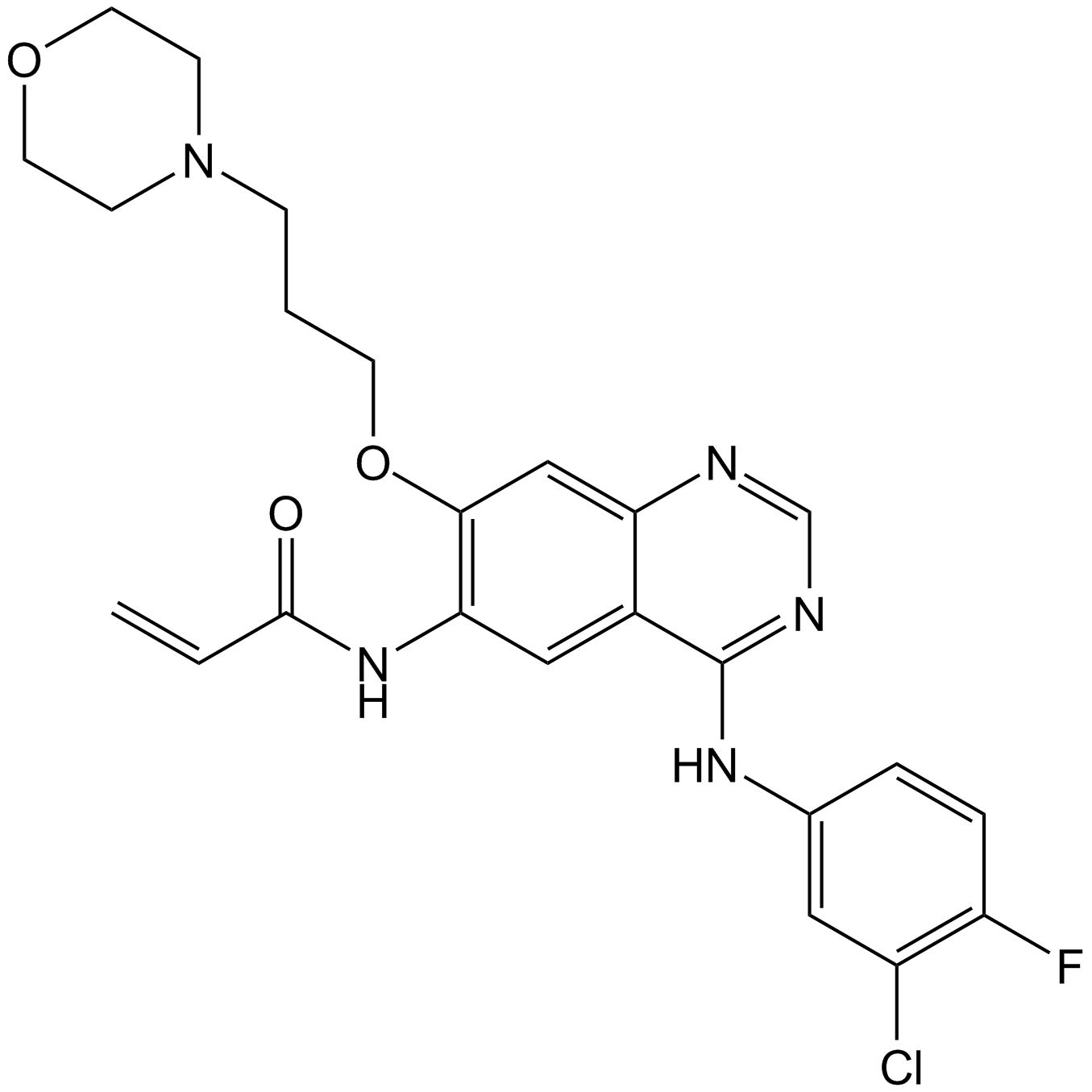 A1845 Canertinib (CI-1033)Summary: HER family tyrosine kinase inhibitor
A1845 Canertinib (CI-1033)Summary: HER family tyrosine kinase inhibitor -
 A2133 Saracatinib (AZD0530)3 CitationTarget: SrcSummary: Src/Abl inhibitor,potent and selective
A2133 Saracatinib (AZD0530)3 CitationTarget: SrcSummary: Src/Abl inhibitor,potent and selective

